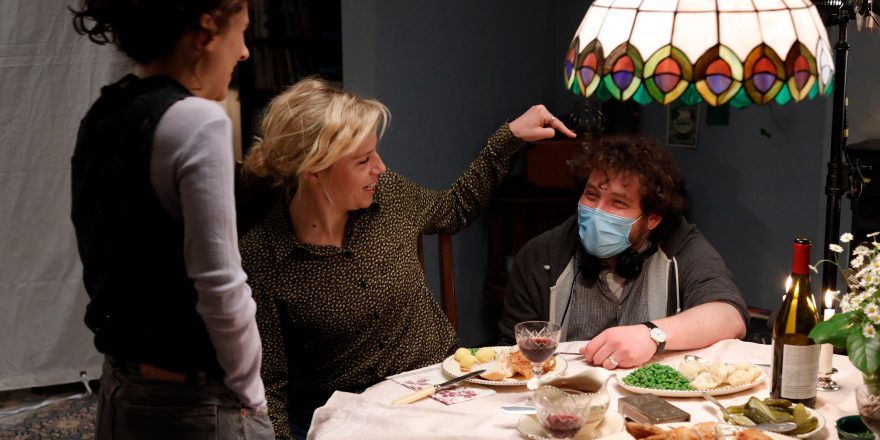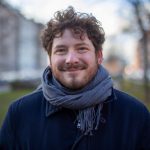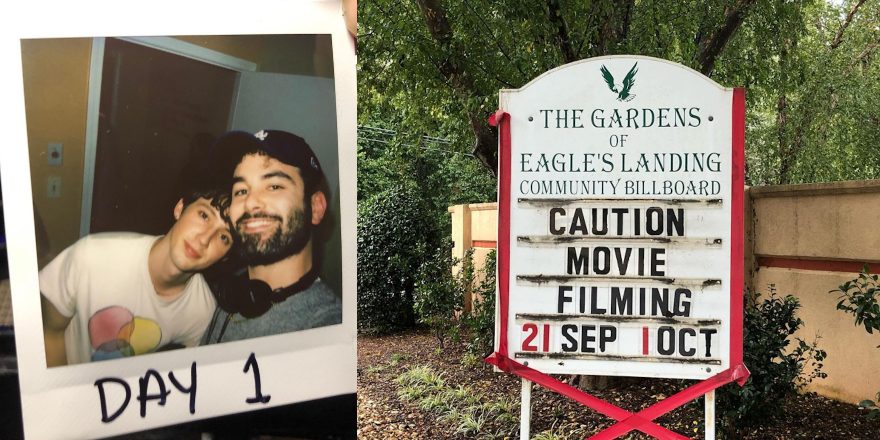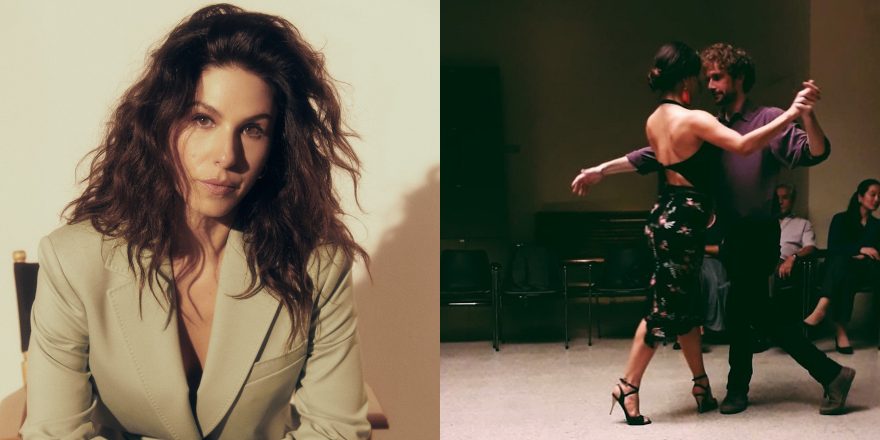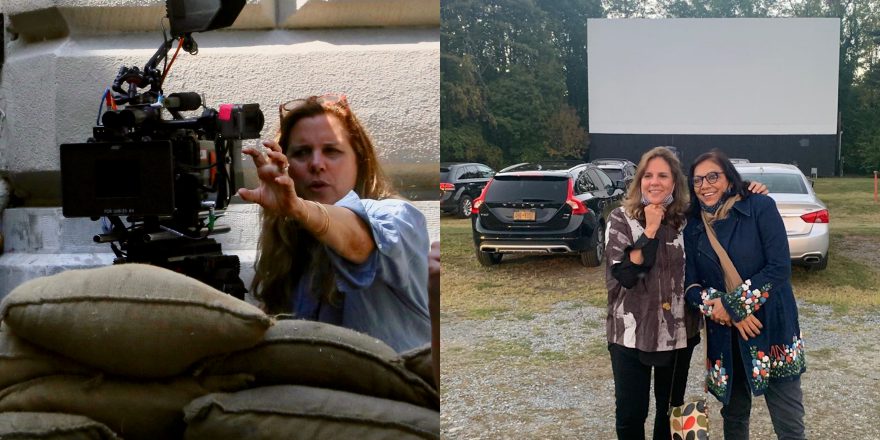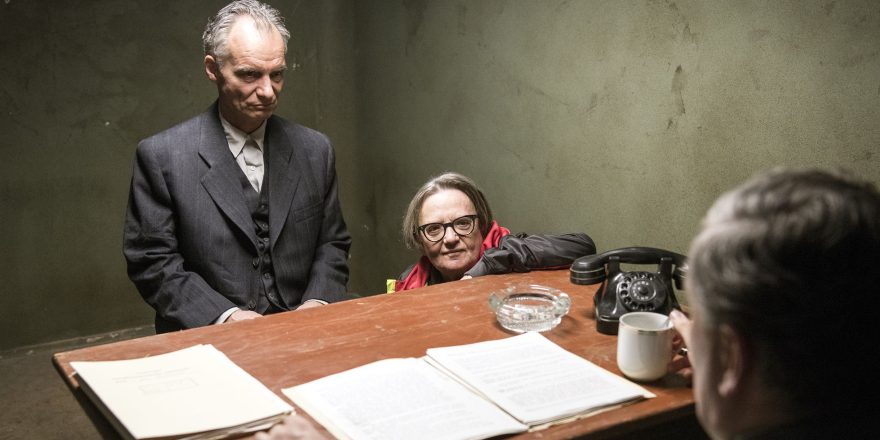“It’s good!” my producer says. But the “good” was spoken at that high pitch which sets alarm bells ringing. Like someone wedged an exclamation mark between the o’s: “It’s go!od!”
“What’s wrong with it?” I asked.
“Well … the opening.”
“Too long?”
“More … not at all … possible.”
A bit of context: the “it” was the second draft of my first feature, Attachment – a horror romance, written for my close, old friend Josephine Park to star in. It was primarily a Danish film, with the development thus far financed by the Danish Film Institute’s first feature scheme, who we hoped would soon greenlight the film’s production. As is to be expected, this particular scheme provides emerging filmmakers with appropriately slim budgets.
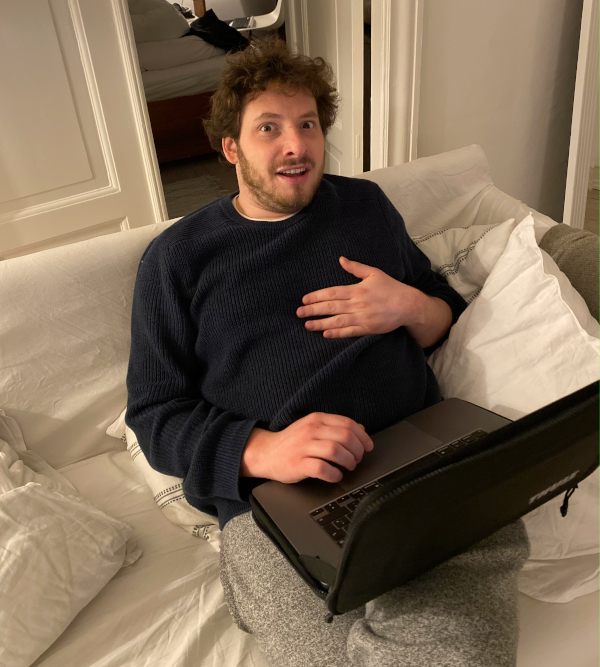
Therefore, a major selling point for Attachment was that the film was largely set within two apartments. It was loosely inspired by some stories from Josephine’s own life, with some Jewish folklore thrown in – being a good (or, I guess, bad) Jew, I’ve always felt that the world needs more Jewish horror. Attachment starts out as a gentle love story between Maja (Josephine) and Leah (Ellie Kendrick), before slowly curdling into something eerier and creepier. The rom-com-y first act is a whirlwind romance, unfolding entirely in Maja’s Copenhagen apartment, where the early days and hours of the relationship bleed together into some indeterminate amount of time, all spent in and around a bedroom. But then the film moves to Leah’s flat in London, where Leah’s frosty mother, Chana (Sofie Gråbøl), along with some Jewish occultism, quickly supplants the intimacy of the enclosed space with claustrophobia and paranoia.
In storytelling terms, it was a fun way to mirror two genres that rarely get to meet. In production terms, it meant straightforward locations, which meant manageable costs, achievable with the taxpayer money we hoped to get. So when my producer raised some concerns about my most recent changes, they were valid – not only from a story perspective, but from a baseline, shared-sense-of-practical-reality perspective.
A bit more context, though: This was May 2020. For the preceding two months, all I had seen, it felt like, were the insides of apartments. Almost all interiors. Like everyone else, it was getting to me, to the point where every time Final Draft would suggest the slugline “INT. LEAH’S APARTMENT,” I wanted to fling my laptop across my cramped living room, where I now spent most of my waking, and many of my napping, hours.
So, while working on this most recent draft, I had rewritten a scene, ever so slightly, to take place outside Maja’s apartment building. Just to get a bit of daylight into the film, at the very least. It felt good.

And then I had tweaked another scene, again ever so slightly, by moving it from the apartment to a nearby park. Just to have a few people around, you know, a bit of life in the frame. That felt good, too.
So I next, ever-so-slightly, took a scene set in their kitchen and put it in a restaurant. Noooow we were talking. And in fact, it felt right that they go to a bar after that. And then they should also go to a movie, yes, a rep screening of some romantic classic that we could definitely get the rights to anyway, yep yep. Oooooh and they should go to a show, yes yes yes, a concert, because what’s more romantic than wrapping your arms around each other, while swaying with the crowd to some amazing live music? Nothing, that’s wha– BRUNCH! They should go for brunch! And then a gallery, not a big museum but a hip, cool, small one and then after that also a really big museum – and then throw a party, get a bunch of friends together, and friends of friends, like a really big party and holy shit … the ballet! I love the ballet, I mean I’ve not really been to the ballet, but they should go to the ballet because maybe they love the ballet and I could learn to love the balle–
“How are you doing?” my producer asked. He had just pointed out to me that this new opening would, more or less, use up my entire budget. A budget, he gently added, that we were unlikely to get our hands on if we delivered this draft. Which, of course, I knew, and which he knew that I knew. Just as he already knew the answer to his question. How was I doing? Not great!
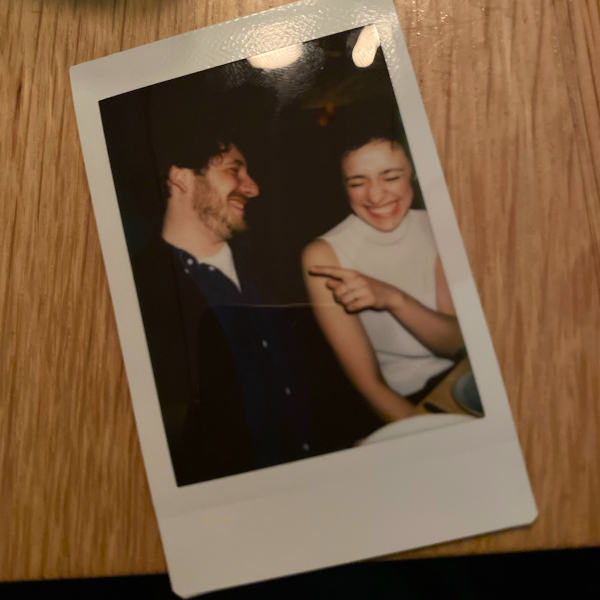
Yet more context: My girlfriend and I were living together in New York in the spring of 2020, in a beautiful Brooklyn brownstone, along with some old film school friends of mine. But – long story somewhat short – when the world shut down overnight, including all its borders, we happened to be in Denmark and were unable to return, as neither of us were U.S. citizens. Instead, we were stranded in my hometown of Copenhagen, slowly watching our visas expire, unsure when, if ever, we’d be able to return – and knowing that even then, it would be as visitors rather than residents. Our world had become meaningfully smaller and more constricted. Much of our time was spent on long, rambling conversations which essentially consisted of lists of things we missed doing, places we missed going, people we missed seeing – all constituent parts of what had been our daily lives for years, now separated indefinitely by six time zones and one firmly closed border. So while ours was hardly the most traumatic COVID experience out there, it had turned our lives upside down, pretty much overnight.
And, you know … maybe I wasn’t handling it all that well.
I decided to ask my girlfriend to read the draft. She’d get it, she’d understand what I was going for, why it felt so urgen–
“Honestly,” she said, “it feels kind of … exhausting.” Apparently, according to her at least, that flurry of activity made for a pretty stressful courtship. She preferred the original opening, the fuzziness of time in those hours and days spent in bed. “Where’s all the intimacy, where are all the cuddles and snuggles?” she asked, smiling. “Oh fuck that, that’s boring …” I answered, not smiling.
It is no small point of pride that, despite this conversation, I convinced her to marry me a few months later.
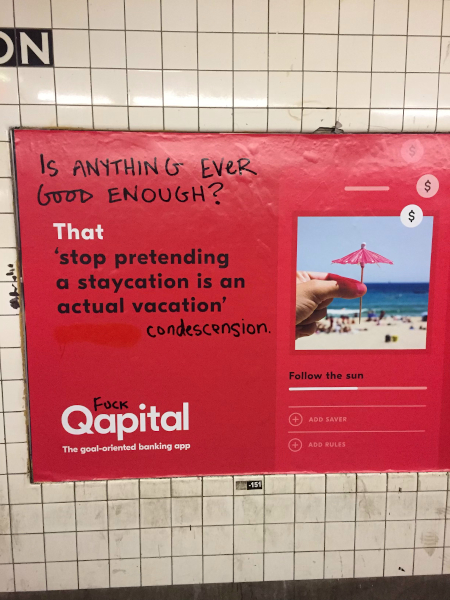
“Do you think …” asked Josephine, my dear old friend and star of the film, “there’s a chance this isn’t really about the movie?”
“Obviously …” I responded, my head so deep into my palms, she could hear it over the phone.
“Well, then … maybe, a way to actually get out of the house, and do stuff with people, instead of just writing about it, could be to … actually make the movie?”
A long pause followed. Then, from somewhere deep within a fetal position, I managed to groan an “… OK.”
Josephine was right. As was my then-girlfriend, now-wife. And my producer. I went back to my original plan. The film was eventually greenlit – and I found myself out of the house, doing something I loved, with people I loved. And I forgot all about the vicarious, epic date-stravaganza of that misbegotten draft.
Except for this one day.
Last bit of context, I promise: While most of the film is set in London, the vast majority of those scenes were shot in Denmark – in large part because of COVID. The plan had been to shoot them in a Copenhagen house that doubled pretty well as a London house. But two-and-a-half weeks before we were to shoot there, the homeowner called and said she was pulling out because she now understood Attachment was a horror film and so was, quite literally, worried we would curse her home. I, of course, did the only responsible thing, which was to head straight over to her house and place a massive curse on it.
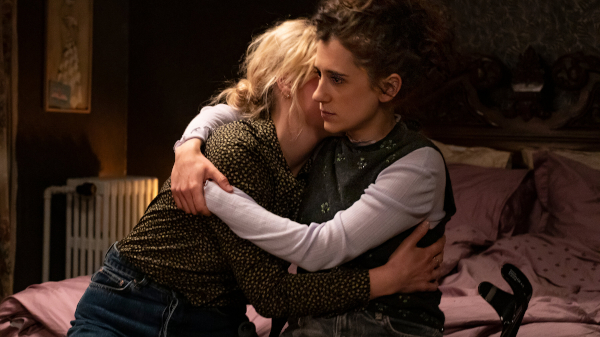
Anyway, with no other option, our remarkable production design team had to build the London house in a studio, in just over two weeks, immediately eating up what little budget we had left. They did a truly incredible job and essentially saved the film. And every day I’d show up on set, look at what they’d made and feel such gratitude.
There was this one morning, though, near the end. My D.P. and I got there early, as always, to go over the shots with the place to ourselves. While he went to his car to get something, I again admired the set – when a thought struck me: all that money it would have cost to shoot that elaborate sequence of dates and gallivanting about town, all those costly line items I’d spared the budget …
… and here we’d gone and spent the cash on building another fucking apartment to spend the entirety of our days in.
Goddammit.
Featired image shows Gabriel Bier Gislason on the set of Attachment with actors Josephine Park and Ellie Kendrick; all images courtesy Gabriel Bier Gislason.


